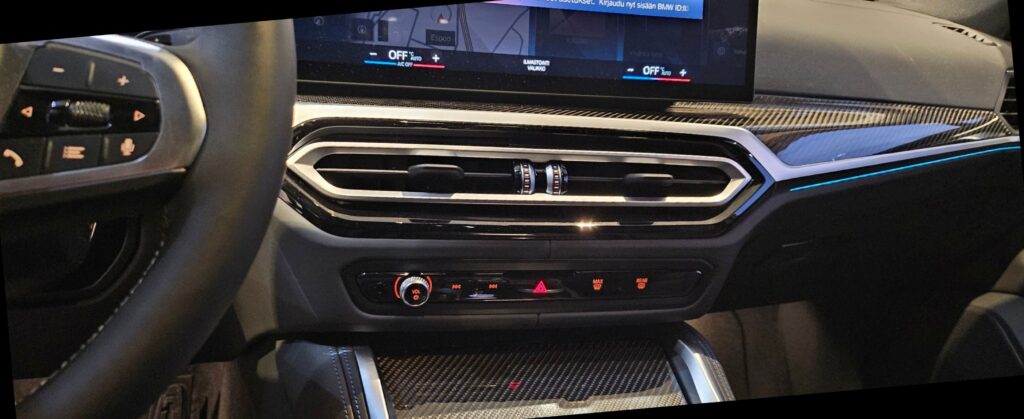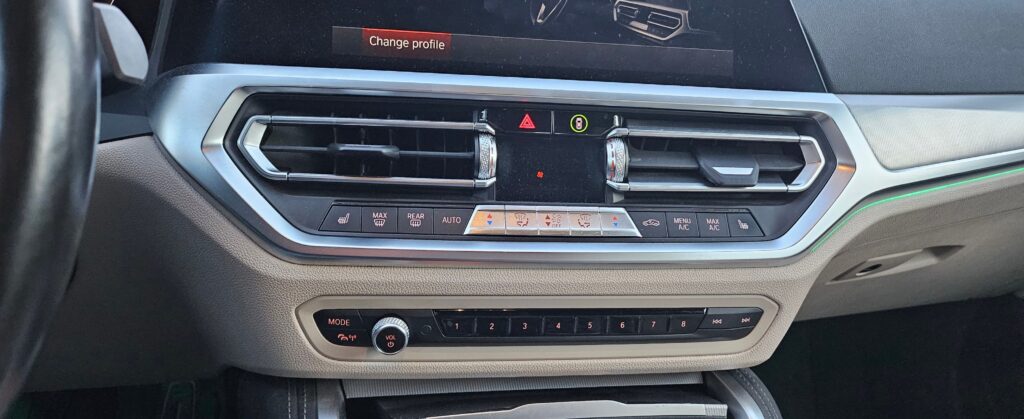Textbook models will need to be re-drawn after a team of researchers found that water molecules at the surface of salt water are organised differently than previously thought.
Many important reactions related to climate and environmental processes take place where water molecules interface with air. For example, the evaporation of ocean water plays an important role in atmospheric chemistry and climate science. Understanding these reactions is crucial to efforts to mitigate the human effect on our planet.
The distribution of ions at the interface of air and water can affect atmospheric processes. However, a precise understanding of the microscopic reactions at these important interfaces has so far been intensely debated.
In a paper published today in the journal Nature Chemistry, researchers from the University of Cambridge and the Max Planck Institute for Polymer Research in Germany show that ions and water molecules at the surface of most salt-water solutions, known as electrolyte solutions, are organised in a completely different way than traditionally understood. This could lead to better atmospheric chemistry models and other applications.
[…]
The combined results showed that both positively charged ions, called cations, and negatively charged ions, called anions, are depleted from the water/air interface. The cations and anions of simple electrolytes orient water molecules in both up- and down-orientation. This is a reversal of textbook models, which teach that ions form an electrical double layer and orient water molecules in only one direction.
Co-first author Dr Yair Litman, from the Yusuf Hamied Department of Chemistry, said: “Our work demonstrates that the surface of simple electrolyte solutions has a different ion distribution than previously thought and that the ion-enriched subsurface determines how the interface is organised: at the very top there are a few layers of pure water, then an ion-rich layer, then finally the bulk salt solution.”
Co-first author Dr Kuo-Yang Chiang of the Max Planck Institute said: “This paper shows that combining high-level HD-VSFG with simulations is an invaluable tool that will contribute to the molecular-level understanding of liquid interfaces.”
Professor Mischa Bonn, who heads the Molecular Spectroscopy department of the Max Planck Institute, added: “These types of interfaces occur everywhere on the planet, so studying them not only helps our fundamental understanding but can also lead to better devices and technologies. We are applying these same methods to study solid/liquid interfaces, which could have potential applications in batteries and energy storage.”
Source: Water molecule discovery contradicts textbook models | ScienceDaily


